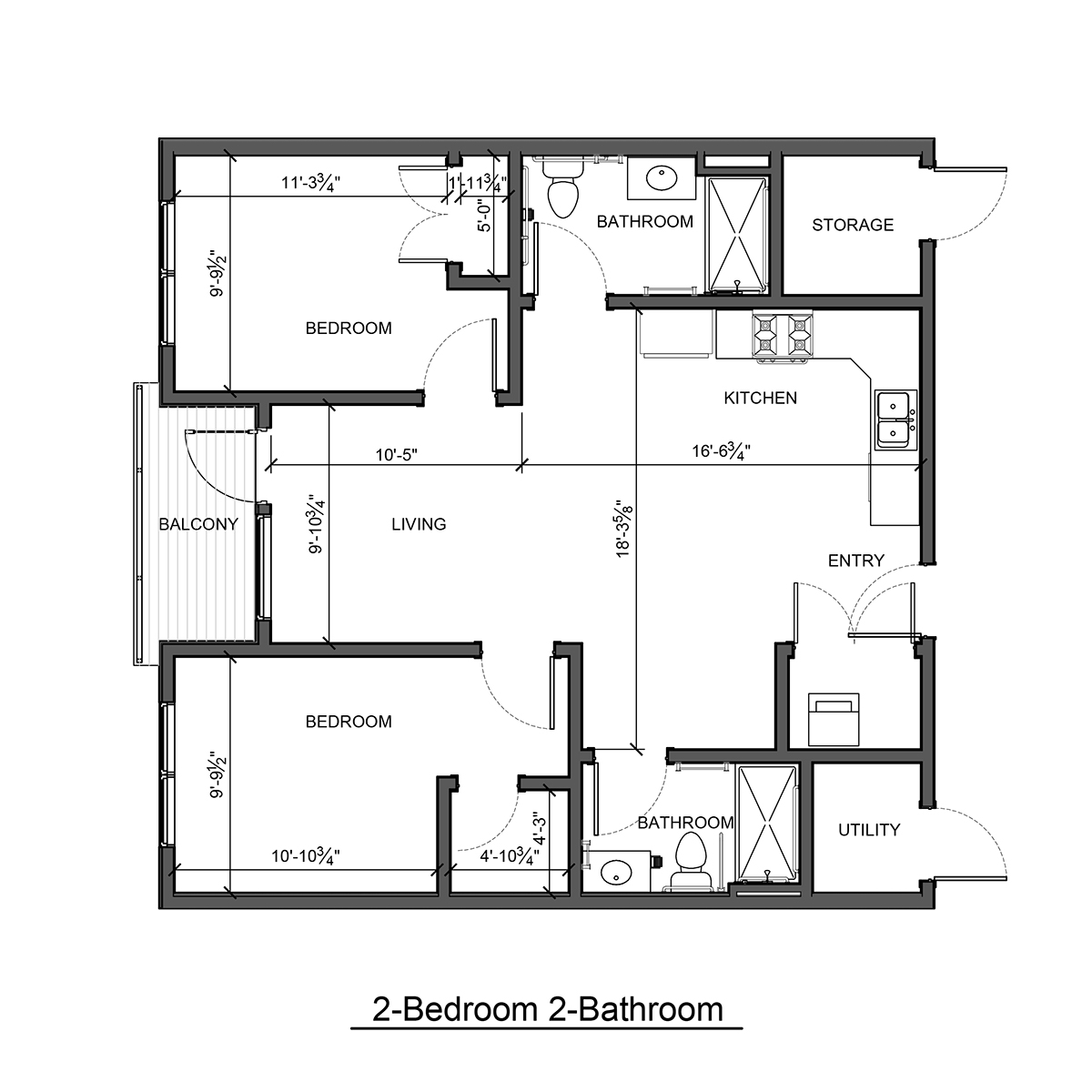Average Square Footage by Location
.jpg)
The average square footage of a 2-bedroom apartment can vary significantly depending on the location. Factors such as cost of living, population density, and local building codes all contribute to the size of apartments in different areas.
Average Square Footage in Major Cities
The average square footage of a 2-bedroom apartment in major cities across the United States can vary significantly. For instance, in New York City, the average 2-bedroom apartment is around 800 square feet. In contrast, in Los Angeles, the average 2-bedroom apartment is closer to 1,000 square feet.
- New York City: 800 square feet
- Los Angeles: 1,000 square feet
- Chicago: 900 square feet
- San Francisco: 850 square feet
- Houston: 1,100 square feet
Factors Influencing Average Square Footage
Several factors influence the average square footage of a 2-bedroom apartment in different regions. These factors include:
- Cost of Living: In areas with a high cost of living, such as New York City or San Francisco, apartments tend to be smaller due to the high demand for housing and limited space. This results in smaller average square footage.
- Population Density: Areas with high population density, like New York City, often have smaller apartments to accommodate the larger number of residents. Conversely, areas with lower population density, like Houston, may have larger apartments due to more available space.
- Local Building Codes: Building codes can dictate the minimum square footage requirements for apartments in different areas. In some cities, there may be minimum square footage requirements for different types of housing units, influencing the average size of 2-bedroom apartments.
Historical Trends in Average Square Footage
The average square footage of 2-bedroom apartments has generally trended downwards in recent years, particularly in major cities. This is due to factors such as rising housing costs and increasing population density. For example, in New York City, the average square footage of a 2-bedroom apartment has decreased by about 10% over the past decade.
“The average square footage of a 2-bedroom apartment in New York City has decreased by about 10% over the past decade.”
Factors Influencing Apartment Size: Square Footage Of Average 2 Bedroom Apartment

The square footage of a 2-bedroom apartment is determined by a variety of factors, ranging from the age and type of building to the amenities offered. Understanding these factors can help you make informed decisions when searching for an apartment that meets your needs and budget.
Building Age
The age of a building plays a significant role in determining apartment size. Older buildings, particularly those constructed before the mid-20th century, often have smaller apartments due to different design standards and construction practices. These apartments may also have lower ceilings and less efficient layouts. In contrast, newer buildings tend to have larger apartments with more open floor plans and modern amenities. This shift towards larger apartments reflects changing lifestyles and preferences, as well as advancements in building technologies.
Building Type, Square footage of average 2 bedroom apartment
The type of building, whether high-rise, mid-rise, or low-rise, also influences apartment size. High-rise buildings, with their limited space and focus on maximizing density, typically have smaller apartments compared to mid-rise or low-rise buildings. Mid-rise buildings, with their moderate height and more spacious layouts, often offer a balance between density and size. Low-rise buildings, characterized by their lower height and emphasis on open space, generally have larger apartments with more outdoor areas.
Amenities
The amenities offered by an apartment building can impact the overall size of the units. Buildings with extensive amenities, such as swimming pools, fitness centers, and rooftop terraces, may have smaller apartments to accommodate these features. This trade-off between amenities and apartment size is common, with developers often prioritizing communal spaces and amenities over individual unit size in high-demand areas.
Square Footage and Rental Price
There is a strong correlation between square footage and rental price for 2-bedroom apartments. Generally, larger apartments command higher rental prices, reflecting the value of space and the amenities associated with larger units. This relationship is influenced by various factors, including location, building age, and market conditions. For instance, a 2-bedroom apartment in a desirable neighborhood with modern amenities and ample square footage will likely have a higher rental price than a similar apartment in a less desirable area with fewer amenities and smaller square footage.
